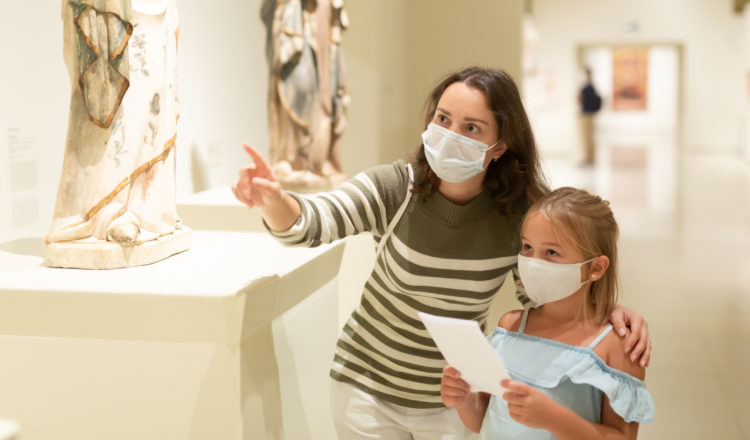“There can be no keener revelation of a society’s soul than the way in which it treats its children.” —Nelson Mandela
We are excited to share the results of a recent survey our team conducted in collaboration with the Association of Children’s Museums. The report, What Do Parents Want Now? Children’s Virtual Programming During the Pandemic, summarizes responses from nearly 1300 members and visitors from thirteen children’s museums from across the country regarding their interests, preferences and concerns for virtual programming for their children. You can access the full report at the link above, or read a summary in ACM’s latest Hand to Hand newsletter.
Perhaps no sector has been more impacted by the yearlong Covid pandemic than the country’s many children’s museums. Without any preparation or playbook, rather than deliver visitors to the museum, these museums must now deliver themselves to the visitor. In effect, the medium is the museum. Due to health and safety concerns, many of these institutions have had to close indefinitely, while others have been forced to shut their doors for good. While children and their families are for the moment unable to visit these wonderful physical spaces, it doesn’t mean that learning, imagination, and creativity are on hold.
Given the new demands of a virtual learning environment, children’s museums have had to adopt new approaches for developing and delivering programming for diverse at-home audiences. In building out these new virtual learning frameworks, children’s museum staff have been confronted with some critical operational and conceptual challenges. What kinds of virtual programs do parents/caregivers want for their children? How can/or should a museum’s virtual programming align with a child’s more formal at-home or school-based learning? How can museums monetize these programs?
While there have been numerous national and local surveys administered to identify the types of health and safety measures that visitors feel necessary for returning to museums, there have been far fewer cross-institutional studies exploring the types of virtual programs and activities that museum audiences would like to see museums offer. In this vein, last fall we approached Carol Tang, CEO of the Children’s Creativity Museum in San Francisco, to explore how we could work collaboratively to help identify parent/caregiver interests in the virtual learning space. We developed a survey on the topic, and with the additional assistance from the Association of Children’s Museums (ACM) distributed it through thirteen different children’s museums between November 2020 and January 2021. Over three months, we collected 1253 survey responses. Some of our key findings include the following:
- Parents’ and caregivers’ interest in virtual programming is tied to their child’s school situation. Those with children attending school online tend to be less interested in virtual programs.
- Over half of participants said they would be willing to pay for virtual programming.
- Parents and caregivers are most excited about programming that actively engages their children and programming on topics that go beyond school subjects – programs that fill the void left by the in-person museum experience.
We hope that these findings will inform children’s and other museums’ planning around virtual learning programs and activities. We invite your feedback and comments. What questions does this raise for your own museum or practice, and how can we extend and deepen this work?
